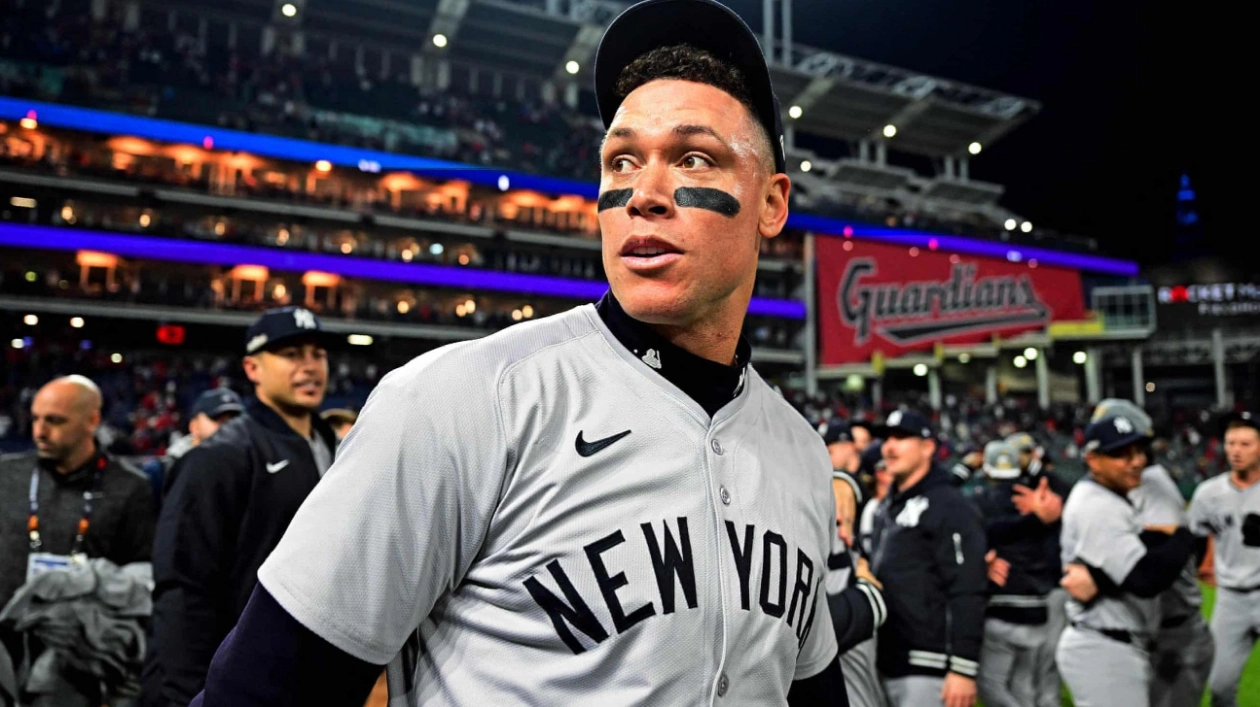Jackie Robinson shattered the color barrier in 1947, marking a pivotal moment for civil rights, yet Black representation in Major League Baseball (MLB) has plummeted to its lowest point since the 1950s. Although MLB initiatives have boosted the number of Black players selected in top draft picks since 2010, these draftees often fail to progress from the minors to the majors, exacerbating the decline in Black players at the top level. A recent analysis of minor league data reveals persistent bias against Black and Latino players since 1950, hindering their advancement to certain positions and through the minor league ranks. Players with darker skin tones frequently found themselves in the outfield, where they faced the brunt of this bias.
Interviews with former players, scouts, analysts, and baseball historians corroborate these findings, with some recalling explicit instances of bias within the last two decades. Mitchell Nathanson, a law professor and baseball historian, authored a 2024 book titled 'Under Jackie’s Shadow,' which chronicles the racism faced by Black minor leaguers from 1950 to 1970. The book compiles accounts from 13 Black players who overcame significant barriers but often saw their careers curtailed by bias.
Despite MLB's reliance on statistical analysis, there is no public database detailing players' race or ethnicity, making racial bias difficult to quantify. Using a dataset of 11,000 major league players compiled by researchers Mark Armour and Dan Levitt, an AI model was developed to predict players' perceived race based on their faces and names. This model, which predicted racial background with 94% accuracy, was applied to 40,000 players from 1950 to 2019. The analysis revealed that teams were less likely to promote Black and Latino players to higher minor league levels, even when their performance metrics were comparable to white players. Once in the majors, Black and Latino players outperformed their white counterparts, indicating that bias was not justified by on-field results.
Ron Allen, who joined the minors after Jackie Robinson's breakthrough, experienced this bias firsthand. Despite hitting .300, he was often overlooked in favor of white players hitting .270. The impact of racial bias was substantial, equivalent to a 35-point difference in On-Base plus Slugging (OPS), similar to the offensive gap between the Houston Astros and the St. Louis Cardinals. This bias persisted from 2000 to 2019, mirroring the period from 1950 to 2000.
A correlation was found between skin tone and position advancement among Black and Latino players. Lighter-skinned players were more likely to play catcher, shortstop, or pitcher, while darker-skinned players were more frequently assigned to the outfield. This bias limited the career prospects and earnings of talented Black players suited for other positions. Wil Aaron, a skilled second baseman, was forced to transition to the outfield, a common occurrence. Catchers were particularly affected; before 2000, only 3% of Black minor league players were catchers, compared to nearly 10% of white players.
While some biases diminished post-civil rights era, others persisted. Black and Latino pitchers were often relegated to middle relief roles, despite superior performance metrics. Front office diversity has also remained low, with white dominance in team management potentially perpetuating biases. Despite efforts to use race-blind statistical approaches, biases embedded in historical data can influence predictive algorithms, amplifying systemic inequalities.
Front office sources acknowledge hidden stereotypes and coded language used to describe players based on race. Fernando Perez, a former major leaguer and current coach, highlighted the rarity of non-white players being labeled as 'gamers.' Scouting reports from 1998-2003 revealed stark differences in descriptions of white, Black, and Latino players. While some teams actively recruit diverse talent, others tolerate coded language and racial bias, creating a varied landscape of front office cultures.
The enduring impact of racial bias extends beyond careers, affecting players' health and psychological well-being. Ron Allen, reflecting on his experiences, noted the difficulty of moving past such injustices.
Source link: https://www.theguardian.com






